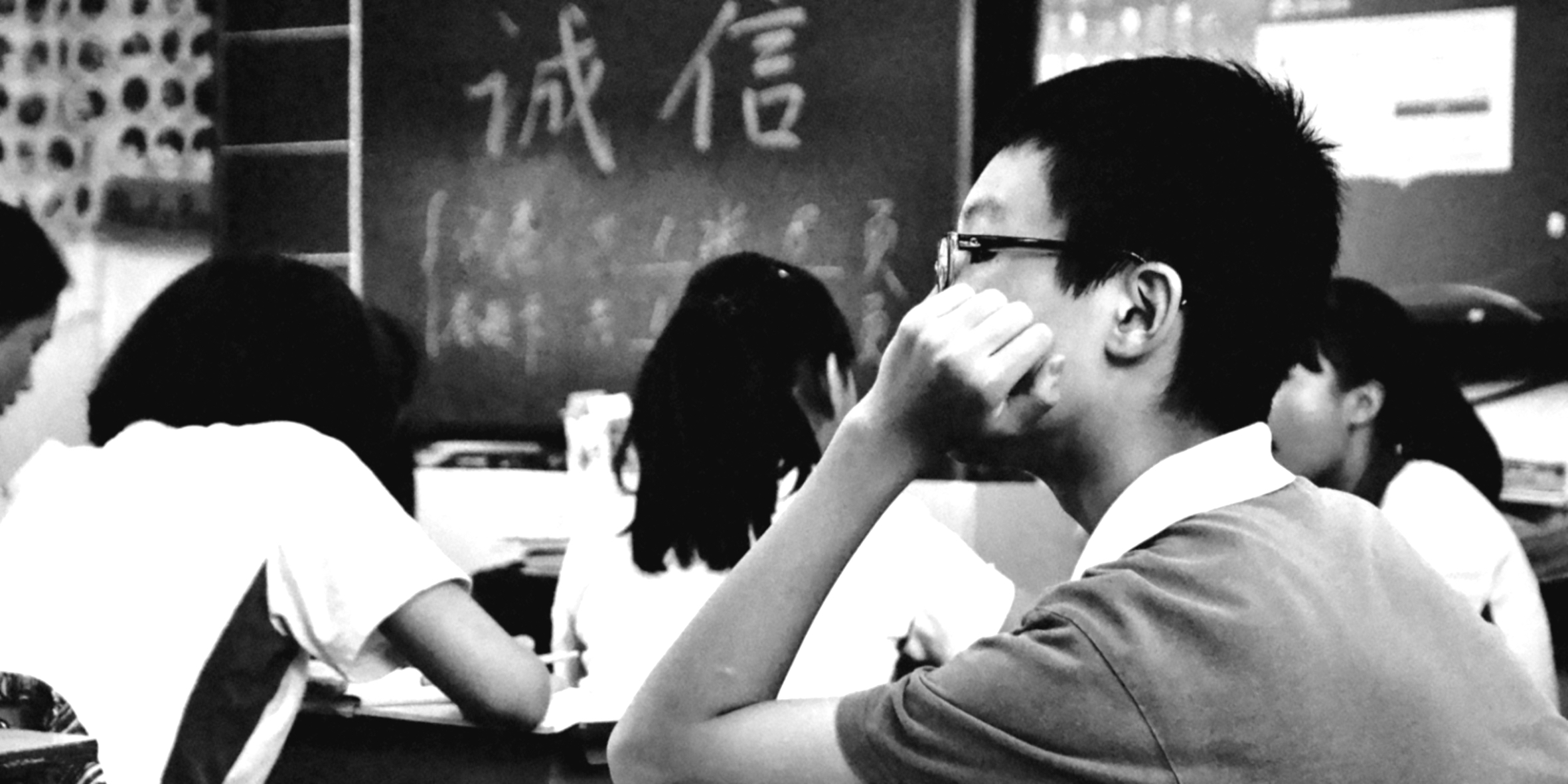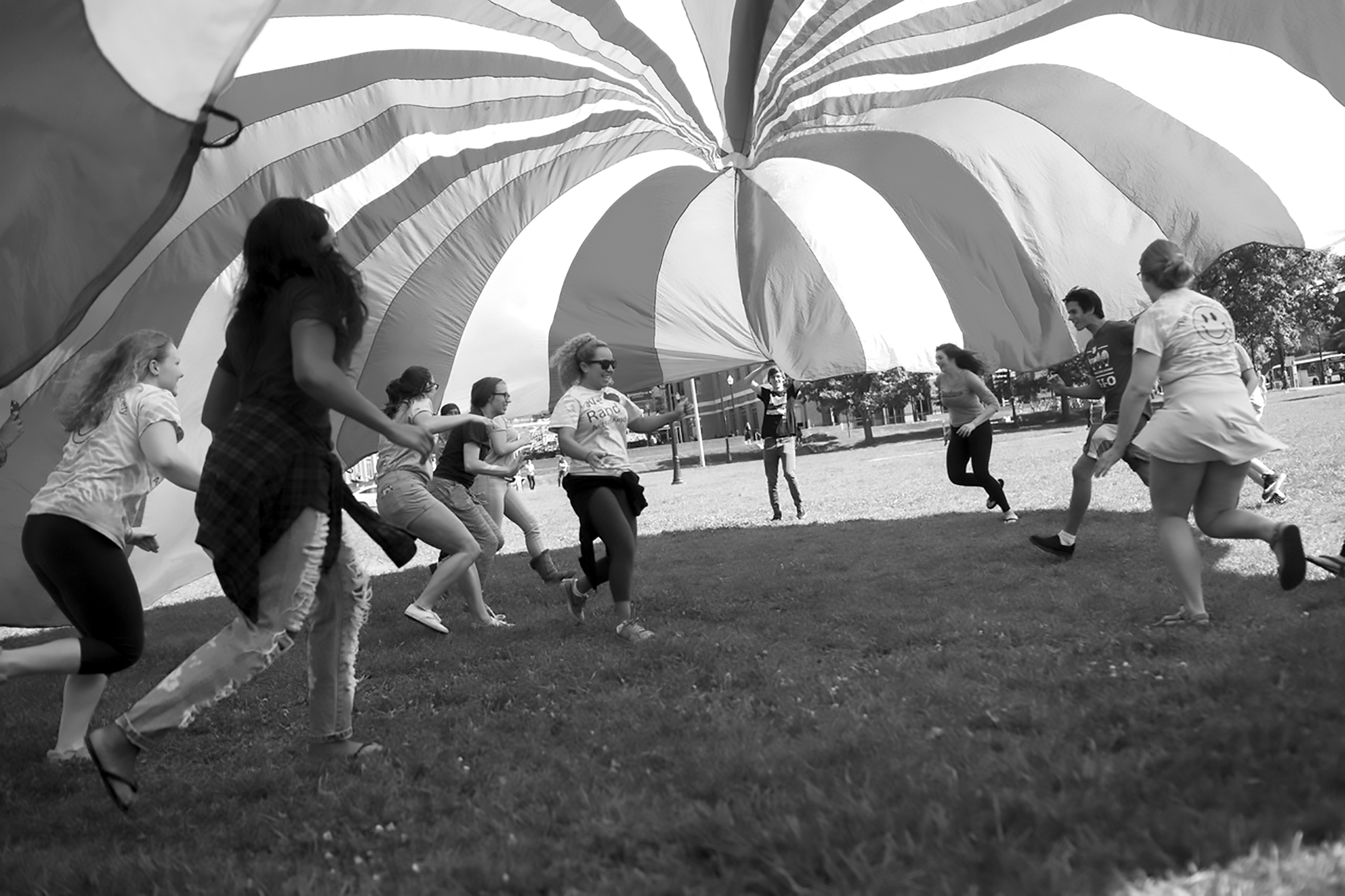Jenn Polish
 I love participating in workshops that are actually workshops. Particularly when we’re supposed to be teaching about teaching. It always strikes me as ironic when we do that by lecturing, by talking at instead of talking with, by reading endless, jargon-filled texts aloud instead of engaging in workshop methods that we can employ in our undergrad classrooms.
I love participating in workshops that are actually workshops. Particularly when we’re supposed to be teaching about teaching. It always strikes me as ironic when we do that by lecturing, by talking at instead of talking with, by reading endless, jargon-filled texts aloud instead of engaging in workshop methods that we can employ in our undergrad classrooms.
I love participating in workshops that are actually workshops, not just lectures by a different name.
I love it. But sometimes I don’t. Sometimes I hate it. Actually, I hate it fairly often, and fairly passionately. This is because there are moments in which I am happy to participate in random classroom activities drawn from student-centered pedagogy. Some days, I am thrilled to write on post-its and post them on my own body; some days I am full to the brim with an odd combination of adrenaline and serenity during think-pair-share activities; some days, I am immensely grateful for the opportunity to write through my thoughts in a room full of people who are, also, writing through their thoughts.
But many days? Many days, many moments, I can barely stand the thoughts that bang around in my own head, let alone write any of them down just because someone told me to. But I feel like I have to, because if I don’t, someone might ask me why not. Someone might ask me what I wrote, and I’ll have to explain that my mind was full of ideas before we were asked to write them down; I’ll have to explain that I left my anti-anxiety medication at home today, and anyway, it doesn’t always help
So there are times when I hate “student-centered” pedagogy in action. All too often, the activities that we create to make our lesson plans conducive for students to shape the classroom, to have their voices heard. Such activities can feel absolutely terrible for those of us with anxiety, with depression, with an off-day, with any diagnosis, with none of them, and anything but “centered” around me (when I’m in the position of a student).
What, then, is a student-centered pedagogue to do? Do we never give activities, surrender to lectures or traditional class discussions? Do we forsake freewriting, do we cancel the activities we’ve come to call “low-stakes” even though, for many of us, they feel incredibly high-stakes?
Of course not. I believe that we need student-centered classroom structures like we need oxygen, especially when we’re teaching within white supremacist systems that already work so hard to decentralize, marginalize, silence, erase our students of color, our students with dis/abilities, our students who are just learning [academic] English for the first time. I think a lot about this conundrum every term before classes begin, and I think about it constantly throughout every course I teach. But at the start of this term, I thought about it extra hard, because right before that, I got offered the opportunity to teach my first theatre class.
It’s a 101 at LaGuardia Community College; it’s “Art of Theatre”, and yes, theatre majors have to take it, but it’s also a course that fulfills general humanities curricular requirements. Not everyone coming into the course aspires to be an actress, nor necessarily do they aspire to be familiar with acting, with improvisation, with collaborative writing of the intense intimacy that theatre courses can foster. Besides, even theatre majors—perhaps especially the theatre majors, as theatre nerds often cope with our anxiety by diving so deeply into performances that we can, for a few shining hours, interact with human beings without being riddled with the weight of our own minds—have social anxiety, are on the autism spectrum, have depression.
So what is a student-centered pedagogue teaching theatre to do? For me, I didn’t want it to be a matter of limiting the range of activities in the classroom; but I did want it to be, fundamentally, about consent. I try to foster as much consent as I can in my system of assessment through contract grading practices and doing temperature checks with my students at various points in each class.
Of course, consent — and thereby consent-based pedagogical practices — is muddied by differentials in power. As a white U.S.-born instructor teaching at a predominantly immigrant, POC institution, I can never get truly free consent for anything I do in the classroom. My body is inherently violent in that space. I know this. My students and I discuss this. I write to my students about it on my syllabus. When I say consent-based pedagogy, I say it with a grain of salt, with a heaping helping of, ‘it is always an attempt, and the power dynamics involved must constantly be explicitly acknowledged and openly negotiated.’ Trying to think through how an attempt at consent-based pedagogy might operate in my day-to-day theatre classroom really had me re-evaluating the casual way we often deem certain tasks or assignments (like freewriting or informal group work) as “low-stakes.” It’s all well and good to fill our classrooms with “low-stakes” activities meant to centralize student experience and foster active engagement, but without the ability to opt-out and back in at any time without stigma or judgment, even the most “low-stakes” of activities can become high-stakes in a hammering heart trying to beat itself out of a quaking chest.
 This term, then, I’m experimenting with a system that scholars and activists on the autism spectrum have developed for conferences: a system of wearable colors/symbols that broadcasts to people what kinds of social interactions you’re available for, and what kinds of social interactions you’d like to avoid at any given moment. This wearable tech (wearable consent, one might say) communicates without making the individual wearing it communicate directly and since everyone wears them, it helps diminish stigma around less social feelings.
This term, then, I’m experimenting with a system that scholars and activists on the autism spectrum have developed for conferences: a system of wearable colors/symbols that broadcasts to people what kinds of social interactions you’re available for, and what kinds of social interactions you’d like to avoid at any given moment. This wearable tech (wearable consent, one might say) communicates without making the individual wearing it communicate directly and since everyone wears them, it helps diminish stigma around less social feelings.
The way I’ve adopted this system to my theatre class this term is as follows:
Each class, you will be expected to bring with you the cards I give you in the beginning of term: these cards will be our Personal Traffic Lights, colored green, yellow, and red. Though we will discuss these extensively in class, I want to explain our Personal Traffic Lights here as well:
Green: When you are feeling up for anything, ready to take intellectual and emotional risks with the rest of the class—or, just when you’re feeling ready to participate generally and speak out in class—please make the green Personal Traffic Light visible to myself and to your classmates.
Yellow: When you are feeling cautiously ready to participate—perhaps you’re nervous (a little or a lot), or having an off-day/you’re tired, but you’re ready to take some risks and dive into theatre class activities—please make the yellow Personal Traffic Light visible to myself and to your classmates.
Red: When you are feeling unable to participate in a traditional way—when you’re having a bad day, when it’s enough of a challenge and risk to be present in class so you would rather learn by observing, listening, and taking notes instead of directly engaging in the day’s activities—please make the red Personal Traffic Light visible to myself and to your classmates.
You can always change your Light in the middle of the class, because of course, our feelings fluctuate all the time. You will never be penalized for how you’re feeling, of course, but you might find that I’ll check in with you privately if I’m noticing a lot of reds and yellows from you; this is to see if there’s anything I can do to make the class a safer and more comfortable and accessible space for you to learn.
When we start doing projects and activities together, we will make sure we have roles for when you’re feeling yellow and red. We will work as a team to find various ways for everyone to contribute to the class experience; perhaps the greatest thing about theatre is that there is always a role for everyone, from the most outgoing spotlight-seeker to the most introverted behind-the-scenes writer.
The biggest critique I’ve encountered—always from professors, never from students (at least, not that they’ve told me)—to this consent-based pedagogical practice is, “won’t students just use this to work their way out of working?” I am of the firm belief that this question itself has tints of racialized ableism, digging at our most cherished beliefs that students, as a whole, aren’t to be trusted. That when a student doesn’t show up to class, it’s because they’re just “not trying hard enough” or they’re “lazy.” Depression, lack of MetroCard money, anxiety, different ways of learning: these things don’t exist in this question, and if they do, they exist only on certain terms.
And when students are in fact checked out and don’t want to do the work? Why not? Are we not making it seem relevant to their lives? Are we not letting our students recognize themselves in our course work? Has K-12 education depleted their faith that they can ever recognize themselves in our course work? Those things are our responsibilities to address, to change. To be transparent with students, to work with them, to meet them halfway.
But there is also a very practical, grounded response that I’ve developed to this question. As with the most important lessons I’ve ever learned, my students showed it to me. Yesterday, two of my students were displaying their red cards. Their nope absolutely not, not today Satan cards. But they still volunteered to give performances, in front of the entire class, that moved many of us to tears because their interpretations of the text they were working with (a spoken word piece by Jonathan Mendoza called “Brown Boy, White Boy”, if you’re interested) were so damn powerful.
One of the other students in the class (once we slowly emerged from their silent, tear-filled “wow” from one of the performances) ventured to commend the performer not only on his performance itself; he pointed out that the performer was wearing his red card, and he thought it was especially brave to give a stunning performance like that while he was feeling red. He thanked him for his performance, for his example, his bravery. The performing student responded that, in our class—as we had all discussed during our collaborative creation of our grading contract—he was making an effort to become comfortable with being uncomfortable.
This, I should add, was the same student who, on the first day of class, nearly cried when I introduced the Personal Traffic Light system to them, bursting forth with a, “why has no one ever had this for us before?”
This did not happen because my pedagogy is great, or even good. It is because autistic self-advocates created an excellent system, and I was lucky enough to learn of it and try to integrate it into my own course. And it is because my students are brave, and powerful, and because we’re all learning the strength of vulnerability in the classroom together. Consensually.
